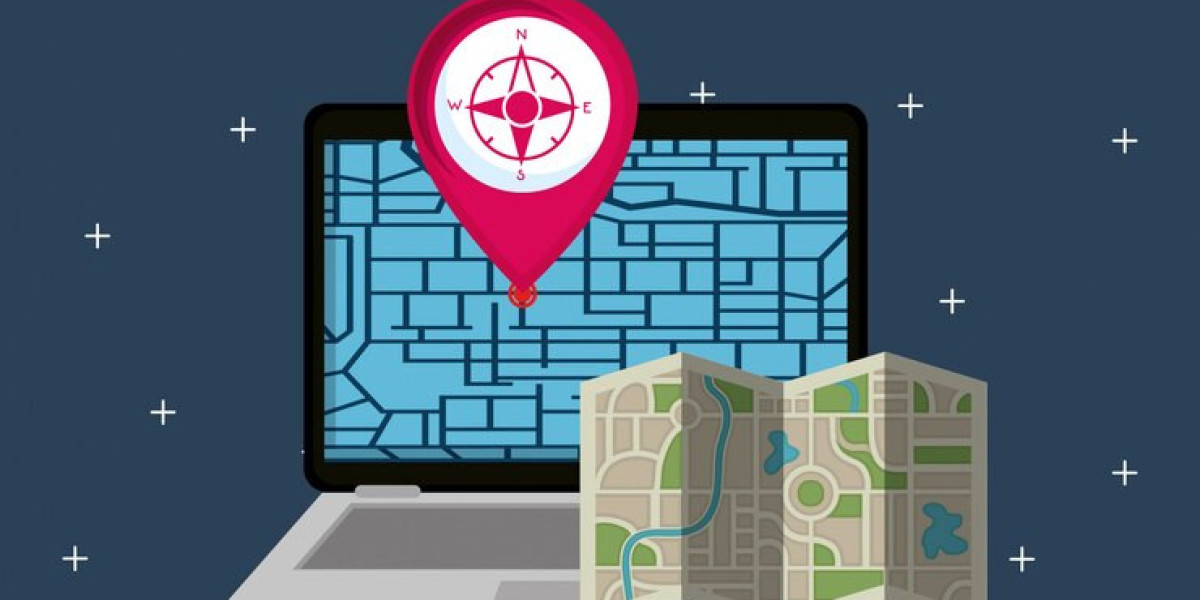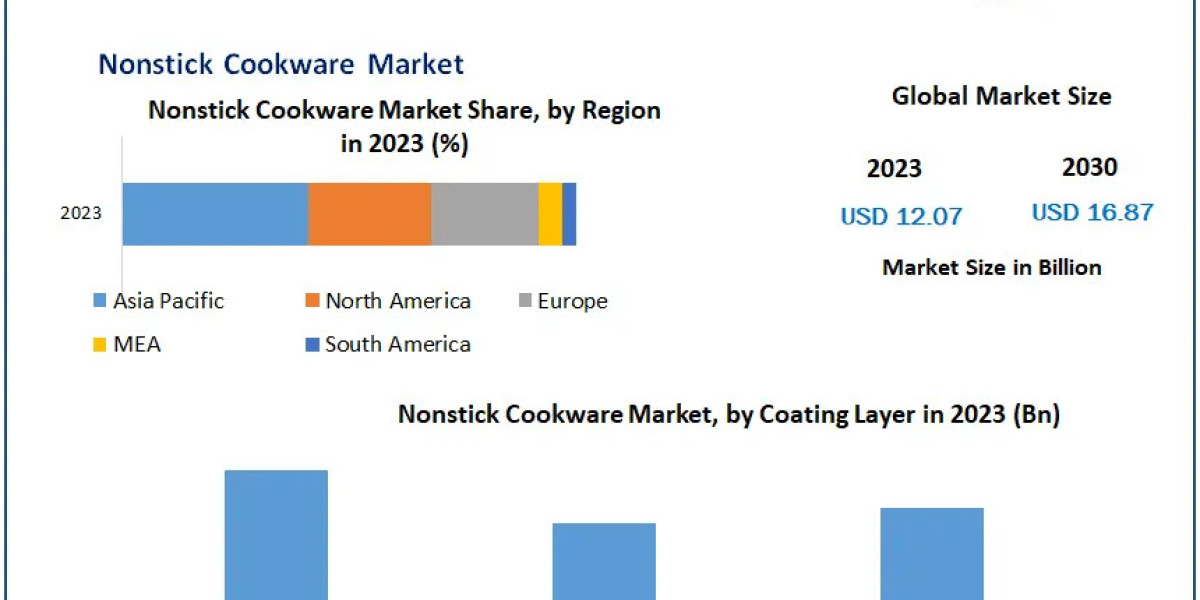By utilizing location data to create dynamic and tailored experiences, the Geolocation online API has become a game-changer in the online development space. This essay will examine the nuances of the Geolocation Web API, its useful uses, and how it enables programmers to design creative solutions that meet the unique requirements and tastes of consumers.
Introducing the Web API for Geolocation:
A standardized interface called the Geolocation Web API gives web applications access to the location of a device. This data is obtained by combining GPS, Wi-Fi, and cellular network information. Developers may now access location-based insights through the easy integration of this API into web applications, which is altering the way people engage with online platforms.
Implementation Insights:
Implementing the Geolocation Web API involves leveraging JavaScript within web applications. The navigator.geolocation object serves as the gateway to a treasure trove of location data. Developers can employ methods like getCurrentPosition to retrieve the device's current location or utilize event-driven functionalities to track location changes over time. With widespread support across major browsers, the API ensures consistent performance and reliability.
Diverse Applications Across Industries:
The versatility of the Geolocation Web API extends across various industries, offering a myriad of applications. In the healthcare sector, for instance, medical professionals can use location data to provide localized health information and services. Emergency services can benefit from accurate location tracking to dispatch assistance swiftly in times of need.
Retail businesses can leverage geolocation data to push targeted promotions to users based on their proximity to physical stores. In the entertainment industry, event organizers can enhance attendee experiences by delivering real-time updates and personalized content based on their geographical location.
Elevating User Experiences:
The Geolocation Web API serves as a catalyst for elevating user experiences to new heights. By understanding a user's location, web applications can deliver content that is not only relevant but also contextual to their surroundings. For instance, a restaurant app can suggest nearby eateries, and a language-learning platform can tailor lessons to include phrases commonly spoken in the user's region.
Fitness apps can take advantage of geolocation to map running routes, factor in elevation changes, and provide users with a comprehensive analysis of their outdoor workouts. The possibilities are limitless, and the key lies in creatively integrating location data to enhance the overall user journey.
Navigating Privacy Concerns:
While the Geolocation Web API unlocks a plethora of opportunities, it is essential to navigate privacy concerns with caution. Developers must prioritize user consent, transparently communicate how location data will be used, and adhere to stringent privacy standards set by modern browsers. Building a foundation of trust is paramount to encourage users to embrace the benefits of geolocation services.
Conclusion:
In conclusion, the Geolocation Web API stands as a transformative tool that empowers developers to craft web experiences that are not only user-centric but also location-aware. From personalized recommendations to streamlined navigation, the impact of geolocation data on web development is profound. As we continue to explore the potential of this technology, responsible implementation and a commitment to user privacy will pave the way for a future where the Geolocation Web API becomes an indispensable asset in the developer's toolkit.








